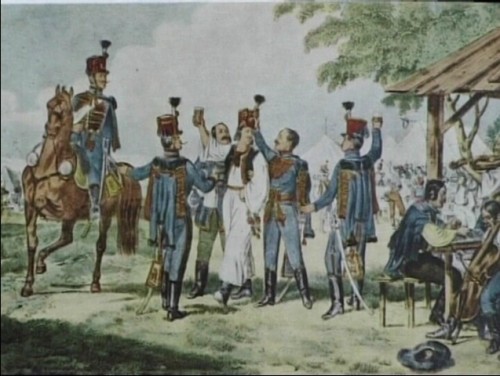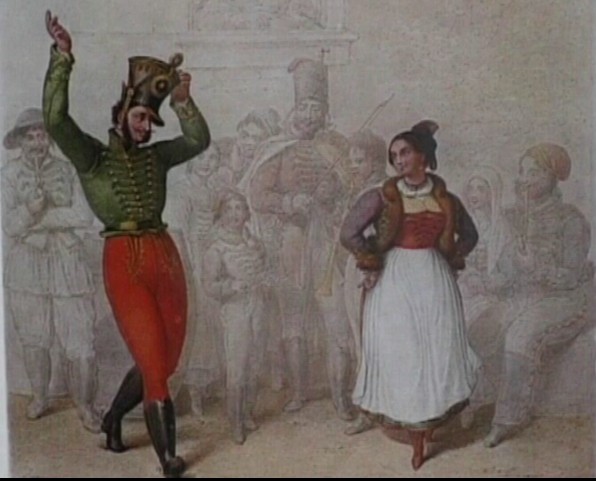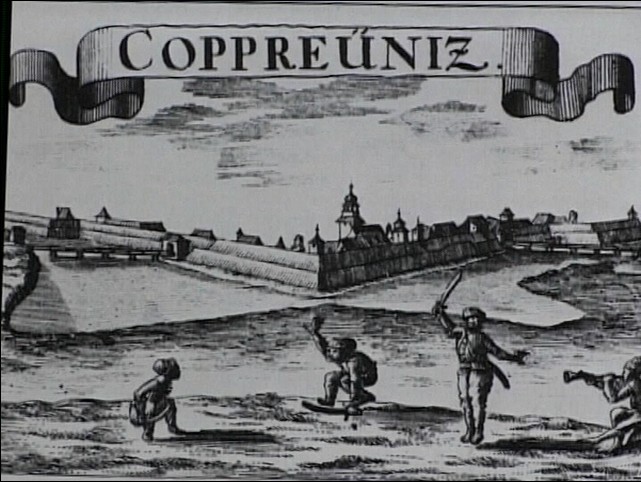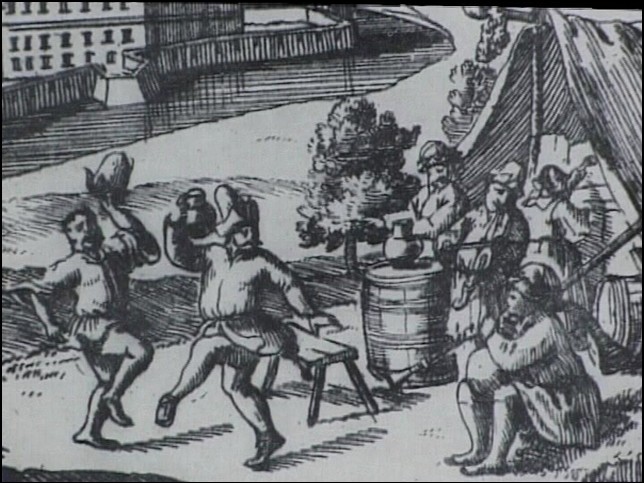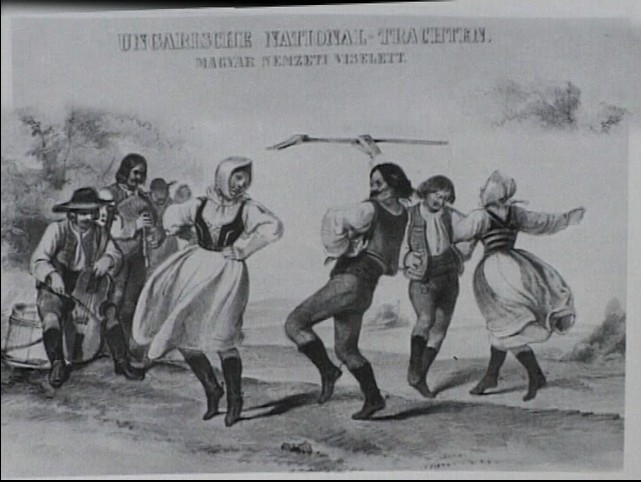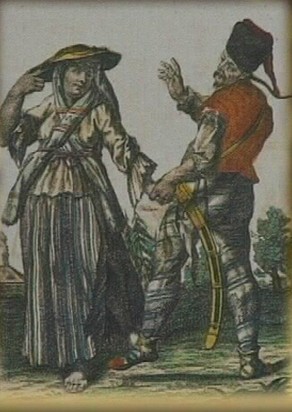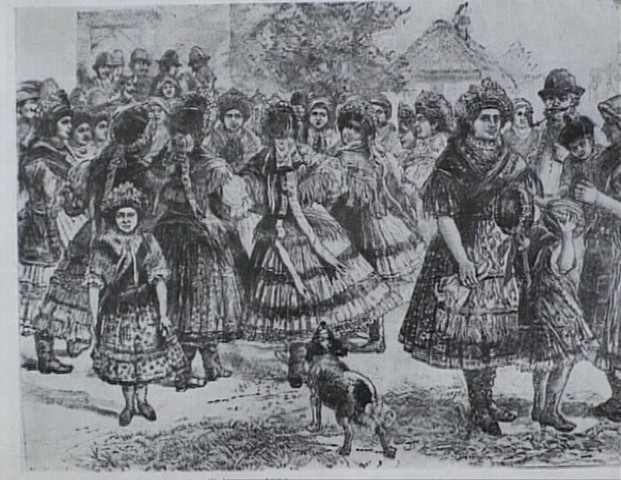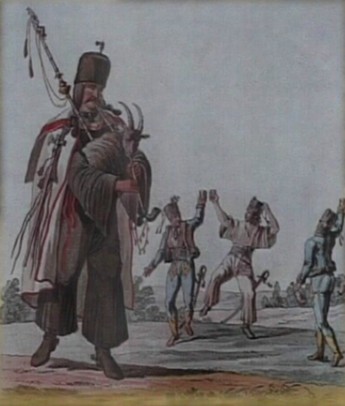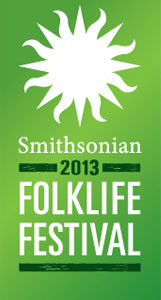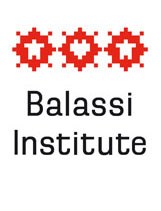by László Felföldi
The Carpathian Basin is one of the most colourful ethnic and cultural regions of Europe and accordingly it has a rich and colorful folk dance tradition.. This is not a poetic exaggeration: we can clearly see it when we take an overall picture of the round dances of Southern-Slavic people, whose dances are of calm dignity, the virtuoso revolving dances of the Romanians, the boisterous male dances of the Hungarians, the Moravians and the Slovakians, the finical quadrilles (‘kadrill’) of the Germans or the wild stick dances (‘botoló’) of the Gypsies. There is a surprising unity within all of this diversity, resulting from the many centuries of cohabitation and historical events which are common to all ethnicities within the Carpathian Basin.
In Europe today there are three main regions with characteristically different dance traditions categorized by the method and structure of the dances. The first such region is Southern-East Europe, where people living in the isolated valleys of the Balkan Mountains and dance their traditional dances in closed or open circles, repeating persistently the same basic steps. Individual or solo dancing is limited by the constraints of the circle-form in which dancers are locked together and therefore must be simultaneous in direction and order of steps. The harmonious nature of these dances varies greatly compared to the unique soloist-type of dancing amongst the Eastern-European nations. In the boroughs and villages of the spacious landscape of Eastern-Europe, couple dancing and the virtuous male solo dances are the most popular. Dancers here skillfully combine memorized sequences in an improvised fashion, their choices determined by their mood, level, age and sex. In the socially, culturally and economically developed local communities of Western-Europe, the controlled nature of social life influences the is controlled style of couples’ dancing. Here there is no differentiation between the steps of men and women dance these genres, such as the quadrilles and the contra-dances.
There are no strict rules with regard to the differences between these regions. For example, roundels are danced in many European regions and solo improvization can be found within the Balkans as well as in West Europe. It is more a preference and habit that has determined the style and type of dancing within a given region. Those dances that are markedly different from the typical dance of a given region are generally archaic ritual dances which as indicated earlier compose a different structure compared to the rest of the European dance-culture. Examples of these are the ‘calus’ in Romania, the ‘kukeri’ in Bulgaria, the ecstatic dances of Greece danced on ember, and the ‘morris’ dances from Great Britain, France and Spain.
In the period of national Romanticism nations used folk dance as tool to express their to express their identity-consciousness. For example, the Hungarians chose the ‘czárdás’, the Romanians chose the ‘hora’ and the ‘klauser’, and the Czech people chose the ‘polka’. These dances and their music became very popular during the last decade within ballrooms, opera houses and theatres of cities and villages which strengthened peoples’ sense of belonging to a nation. The foundation for the 20th and 21st century’s cultural movements began here, with the aim of cherishing traditional dances and presenting them in festivals and performances as much as possible.
Due to its geographical location within the Carpathian Basin, the dance traditions of the Eastern European nations and minorities are characterized predominantly by the improvised performance of individual soloists and couples. This includes the dances of the Hungarians, Slovaks, Transylvanians, Romanians and Gypsies. The dances of the Germans and Southern-Slavic people who settled in these regions in the last centuries brought with them their own dialects. Their dance traditions have assimilated into to the characteristics of Eastern-European folk dancing while still preserving some of the features of their mother country. Thus the reason why the Carpathian Basin is a true representation of a rich and diverse folk dance landscape and is a small scale representation of the dance culture of all of Europe.



